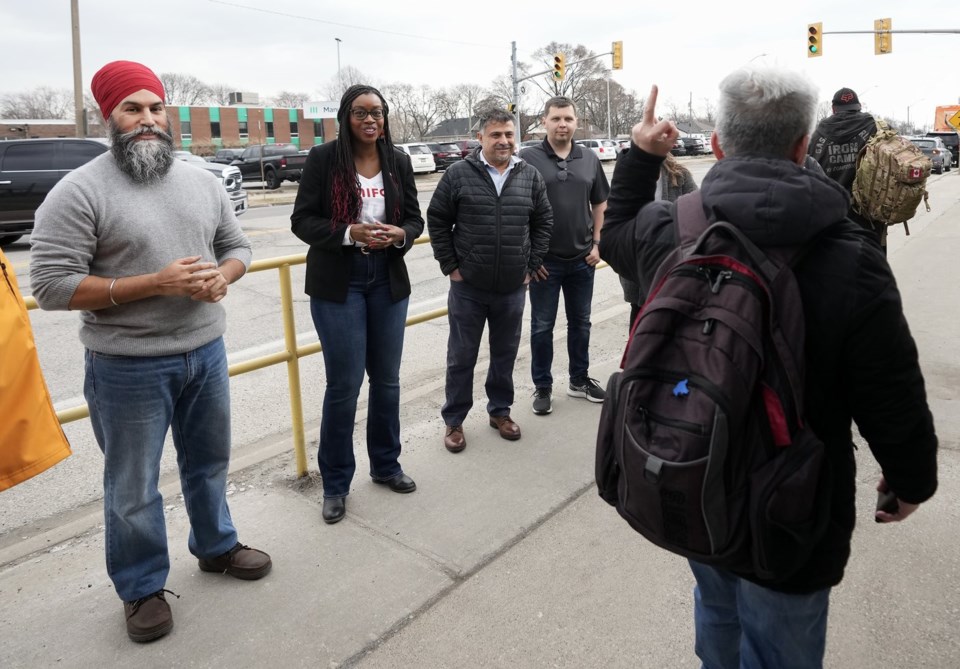Once the unquestioned champion of organized labour, the New Democratic Party is now struggling to hold on to its traditional base of union workers, as Conservatives and Liberals increasingly court the same voters.
Last year, then-leader Jagmeet Singh declared on Labour Day that the NDP was the only party standing shoulder-to-shoulder with workers. But by the spring election, the message no longer resonated. At a campaign stop outside an auto plant in Windsor, Singh was largely ignored by workers streaming out after their shifts, with some openly voicing support for Pierre Poilievre’s Conservatives.
When ballots were counted, the NDP’s collapse in Ontario was stark: no seats won, even in union-heavy strongholds like Hamilton and Windsor. It was the clearest signal yet that Canada’s political map has shifted and that labour voters are no longer a reliable NDP constituency.
Senator Hassan Yussuff, former head of the Canadian Labour Congress, said Canada’s four million unionized workers now wield more political leverage than ever. He noted that both Liberals and Conservatives have been adjusting their policies toward organized labour, while the NDP has at times appeared out of step with its founding mission.
Interim NDP leader Don Davies admitted the party needs to “go back to its roots,” reconnecting with the workers it was created to represent in 1961. While the NDP still received endorsements from major labour groups, those did not always translate into votes, as Conservatives gained ground in steel and auto towns.
History professor Steven High of Concordia University said Canada’s political landscape mirrors trends in the U.S. and Europe, where right-wing populism is drawing in working-class voters, especially those without higher education. Conservatives, once seen as the party of big business, have softened their anti-union tone, seizing what High calls a “generational opportunity.”
Conservative strategist Amanda Galbraith pointed to Ontario Premier Doug Ford as a model for how right-leaning politicians can appeal to workers. Federally, Erin O’Toole began that pivot, while Justin Trudeau’s focus on progressive social issues often alienated blue-collar voters, creating an opening for Conservatives to capitalize.
For longtime New Democrat Charlie Angus, who stepped away from politics before the last election, the results were a sobering lesson. “We were probably both taking each other for granted,” he said of the party’s relationship with organized labour. “The NDP was founded to give working people political representation. I think we strayed from that mission.”
As Canada’s political parties continue to battle for the working-class vote, the once-solid NDP-labour alliance appears fractured—raising questions about whether it can ever be rebuilt.


